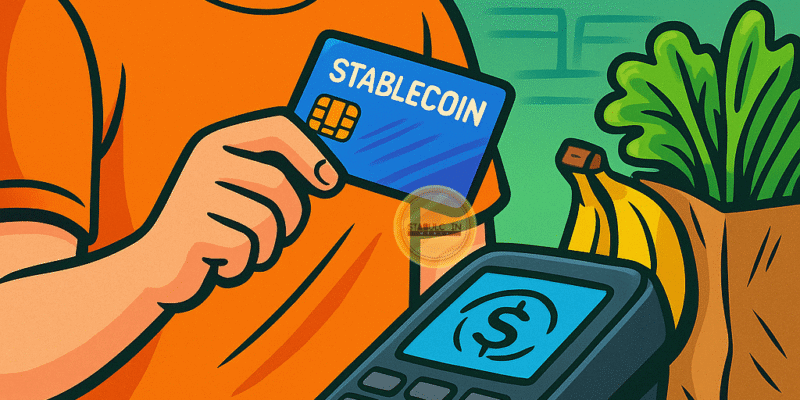Picture this, you’re standing at the checkout counter of your favourite store. Instead of pulling out a debit card linked to your bank, you pull out a card connected to your stablecoin wallet. You tap, the payment clears instantly, and you walk away without worrying about fees or exchange rates. That is the promise of stablecoin pay cards.
Stablecoins are digital tokens tied to currencies like the US dollar, the euro, or the Hong Kong dollar. They are designed to stay steady in value, unlike other cryptocurrencies that swing up and down. Today, most people use stablecoins for trading or moving money online. The real breakthrough will come when stablecoin pay cards bring them into everyday life.
Imagine travelling abroad, normally, you would swap cash at an airport kiosk or pay high bank fees when your card converts your money. With a stablecoin pay card, your balance would work across borders seamlessly. Merchants would get paid in their local currency automatically, while you spend from the same wallet no matter where you are. It is a simple idea with huge potential.
The benefits go beyond travel. Stablecoin pay cards could transform remittances, money sent home to family. Instead of waiting days for funds to arrive, the recipient could withdraw or spend the money instantly. For millions of people who rely on cross-border payments, this would mean more security, more speed, and less cost.
There is also the question of financial inclusion. Not everyone has a bank account, but many have access to a mobile phone. A digital wallet linked to a stablecoin pay card could allow people to shop online, pay bills, or even withdraw cash without relying on traditional banks. It could open the door to participation in the economy for communities that are often left out.
Of course, there are challenges. Regulators will want strong safeguards against misuse. Networks like Visa and Mastercard may need to decide if they will support these cards, or if new crypto-native networks will emerge. Users, too, will need confidence that their funds are safe and fully backed by reserves. These hurdles are real, but they are also surmountable.
The exciting part is that the groundwork is already being laid. Jurisdictions such as Hong Kong and parts of Europe are drafting clear rules for stablecoins. Once regulations are in place, the leap toward stablecoin pay cards feels less like a dream and more like the next logical step.
In the end, stablecoin pay cards would not just change how we pay for things. They could reshape how we think about money itself, making it simpler, more global, and better suited to the fast-moving digital world we live in today.

Comments